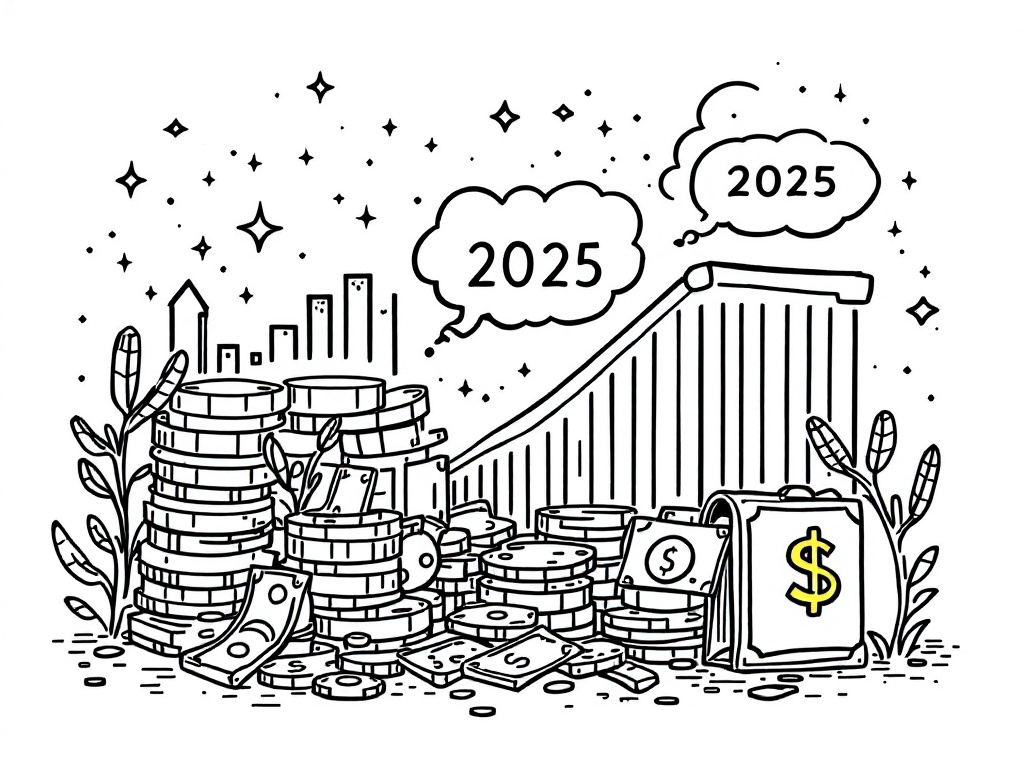US GDP Contracts by 0.3% Amid Import Surge in Early 2025

Washington D.C., Friday, 2 May 2025.
In Q1 2025, US GDP decreased by 0.3% as imports surged 41%, overshadowing consumer and business growth. Economic instability due to impending tariffs raises concerns about future recessions.
Tariffs and Economic Slowdown
The contraction of the U.S. GDP by 0.3% in the first quarter of 2025 has been largely attributed to an unprecedented 41% surge in imports. This surge is tied closely to companies racing to import goods before the impending tariffs championed by President Trump come into effect. The impact of these policies is already being felt across markets, with consumer spending experiencing a notable slowdown from previous quarters, marking the weakest growth rate since mid-2023 [1][4][5]. Despite the GDP contraction, analysts are careful to point out that this data doesn’t necessarily signal the onset of a recession, as it is primarily a result of trade imbalances rather than a broad economic decline [3].
Impact on Consumer and Business Activity
The recent GDP figures have led economists to scrutinize the health of consumer and business activities in the United States. Although consumer spending rose by just 1.8%, businesses intensified their investment significantly, with private domestic investment surging by 21.9% due to pre-tariff goods stocking. This category includes a remarkable 22.5% increase in equipment investments as companies seek to circumvent tariff costs by boosting domestic production capabilities [6][7]. Despite the record increase in imports, other economic indicators like the rate of job additions have underperformed, with only 62,000 jobs being added in April 2025, far below the expected figures, indicating a slowdown in hiring trends [2][8].
Market Responses and Future Outlook
Market reactions to the GDP report were pronounced, with stock markets experiencing volatilities shortly after the figures were released. The announcement coincided with the widening of the trade deficit to a record $162 billion in March 2025, prompting analysts to raise the possibility of a recession in the latter half of the year. Nevertheless, some analysts, like those from JP Morgan, suggest a potential rebound in GDP performance, hinging on a reduction in imports and a correction in trade balances in the subsequent quarter [1][3][9]. While policies continue to trigger economic uncertainty, the Federal Reserve is anticipated to take action, possibly adjusting interest rates during its upcoming meeting to mitigate recession risks [4][5].
Implications for Economic Policy
The contraction sheds light on the broader implications of current economic policies. With government spending also declining by 5.1% in key sectors, like defense, concerns about fiscal policy’s role in economic growth have emerged. The combination of increased import activity and reduced government spending has compounded pressures on the GDP. Looking forward, analysts underscore the necessity for clarity in trade policies and the potential for adjustments in fiscal frameworks to foster economic stability [10][11]. Policymakers are urged to keep a close watch on upcoming economic indicators and adapt swiftly to maintain economic momentum amidst the turbulent landscape [8].
Sources
- www.morningstar.co.uk
- www.nbcnews.com
- www.usatoday.com
- www.cnn.com
- www.cnbc.com
- wolfstreet.com
- abcnews.go.com
- www.gelliottmorris.com
- www.gelliottmorris.com
- www.morningstar.co.uk
- wolfstreet.com